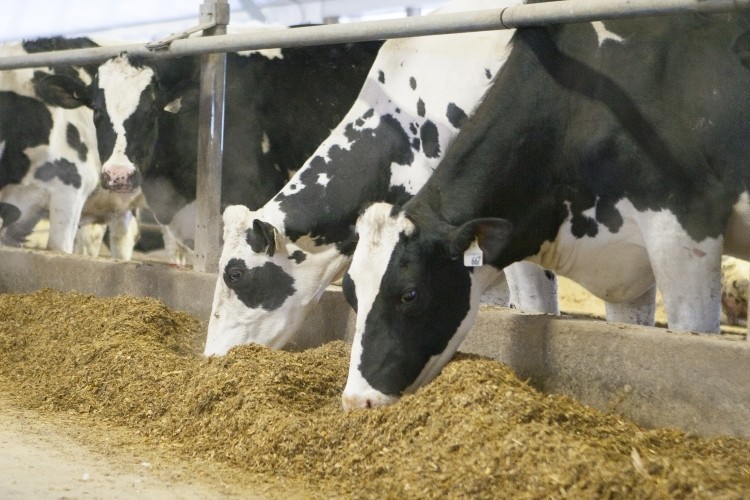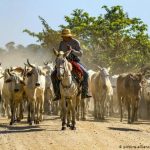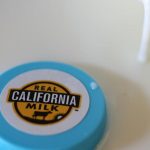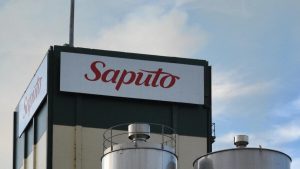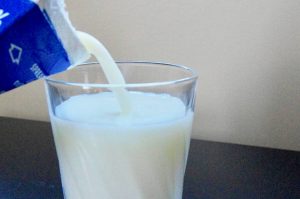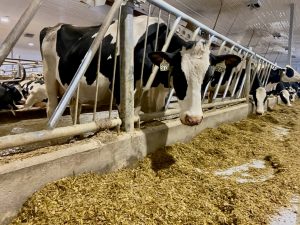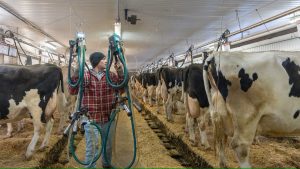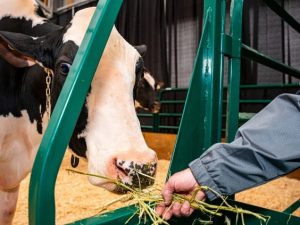
Designed and built to be a centralized national system for the management of all dairy cattle traceability data, DairyTrace is intended to provide protection, prosperity and peace of mind to the Canadian dairy industry in the event of an animal health emergency.
Alongside the traceability module of Dairy Farmers of Canada’s (DFC) proAction initiative, DairyTrace will support the dairy industry by protecting the economic livelihood of dairy producers, as well as bring peace of mind to consumers in the event of an emergency. As dairy farmers embrace the DairyTrace system and report their traceability data, a significant benefit will be traceback capabilities in the event of an emergency or animal health crisis.
DairyTrace includes two new traceability tools; a mobile app and on-line database portal, which will streamline and simplify the recording and reporting of animal identification and movement. The DairyTrace program also includes customer service support, improved animal tags, and instructional materials in print, on-line and via video.
Under federal regulations and/or proAction requirements, everyone who owns or has the possession, care or control of dairy cattle must record and report animal identity, movement, location, and custodianship information.
“DairyTrace has been developed to provide dairy farmers with easy-to-use tools for managing their traceability obligations,” Gert Schrijver, dairy producer and chairman of Lactanet’s DairyTrace advisory committee, said.
“All dairy farmers will also have access to a one-stop-shop for ordering their tags and receiving full customer support from the DairyTrace customer services and National Livestock Identification for Dairy (NLID) program offered through Holstein Canada or from Agri-Traçabilité Québec (ATQ) in the province of Québec where producers have successfully practiced this traceability model for many years using the SimpliTRACE system.”
Also, to accommodate non-producer affiliates outside Québec, exchange systems have been built to allow information to be funneled into the DairyTrace database. This will allow affiliates the option of using the new DairyTrace system or CCIA’s Canadian Livestock Tracking System (CLTS).
Traceability affects more than 1.4m dairy cattle on over 10,000 farms. Lactanet and DFC have been working collaboratively since 2016 towards the common vision of a national dairy cattle traceability program. By harmonizing data under a common, national framework, DairyTrace will also promote information sharing and potentially add value to research and genetics initiatives, all while aligning with the traceability module of DFC’s proAction program.
